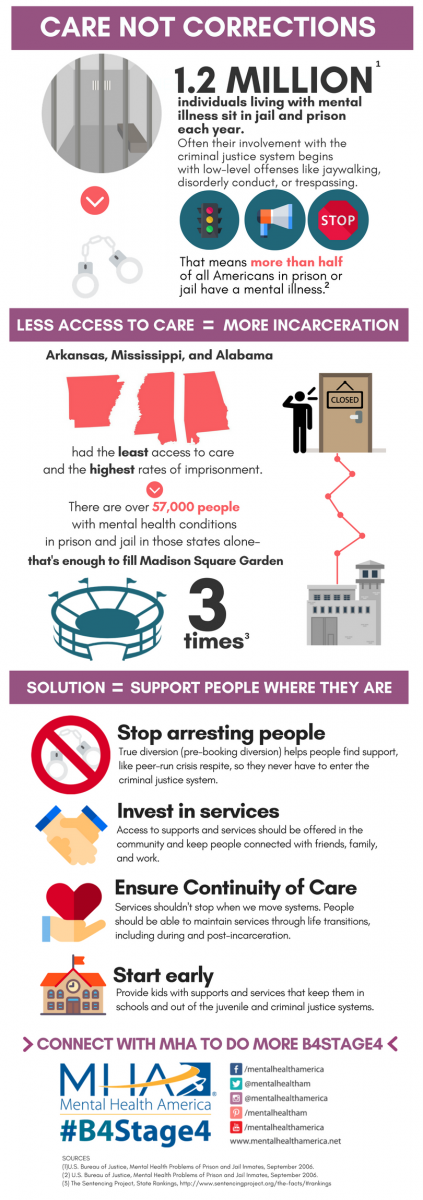big 3 priorities
1. Olmstead & the ADA [Americans with disabilities Act]
2. Parity, and
3. Medicaid Network AdequACy
A breakdown of 1-18 of DOJ's Q&As on Olmstead
States have Federal Contracts in which they agree to comply with Federal Law
Why isn't the burden on the States to show they are complying with Olmstead -- Measurable Goals, Reasonable Time Frames & Funding to Support the Plan
|
The US Dept of Justice 2011 Guidance looks pretty good, and in a lot of ways it is.
But if the test is actual enforcement across the Country -- it has fallen pretty short. It is largely based on the idea that "Plaintiffs" will do the "complicated" investigations involved in these cases -- for the most part the Department of Justice doesn't have the resources. DOJ is largely relying on the Federally mandated Protection and Advocacy Offices to spearhead the investigations -- and some of them have -- but many don't have the resources. Further, if DOJ doesn't have the resources, and the P&As don't have the resources, individuals with disabilities and their advocates often don't have the resources. Now there are some good cases out there and even the guidance to the right -- but when most States ignore what are designed to be models & templates for the States so every disability group across the country doesn't have to re-litigate these things -----it is no wonder you have most States that haven't complied with Olmstead after almost 20 years. From our perspective, the process doesn't make sense and really needs to be handled administratively with presumptive benchmarks based on the:
We desperately need States to come to the Table ready to work on:
|
Your browser does not support viewing this document. Click here to download the document.
|
CO IS NOT applying parity analysis correctly
|
CMS Parity Analysis
10. Implement Any Changes Needed To:
Prepaid Ambulatory Health Plan]
Implement any changes needed to the Medicaid state plan, ABP state plan, child health plan, MCO/PIHP/PAHP contract, MCO/PIHP/PAHP rates, state policies and procedures, MCO/PIHP/PAHP policies and procedures, and so forth, in order to meet parity requirements by the applicable compliance date. [This is a really important point and one Colorado State Government seems very confused about – HCPF video -- https://youtu.be/x5AiubAV7BI According to the State: "What the Law Does NOT Require?"
BUT the law is CLEAR the State has a legal duty to change the State Medicaid Plan, Contractual Obligations, Etc. to Comply with Parity We first mentioned this in April 2018 – and that misleading video is still up & we had informed the State of the problem before that. http://orchidadvocacy.org/vals-blog/hcpf-is-mis-stating-parity-law-on-youtube-we-have-a-big-problem-with-that-weve-got-an-even-bigger-problem-with-hcpfs-misapplication-of-parity-in-co-medicaid |
Your browser does not support viewing this document. Click here to download the document.
|
It's really about democracy & whether our laws mean anything or Not
|
Process, Process & Process
|
42 CFR 438.88(a) & (b)
Your browser does not support viewing this document. Click here to download the document.
|
9 Minimum Federal Requirements for States'
Development of Medicaid Network Adequacy Standards
42 CFR 438.68(c)
|
Your browser does not support viewing this document. Click here to download the document.
So What is the Plan?
|

